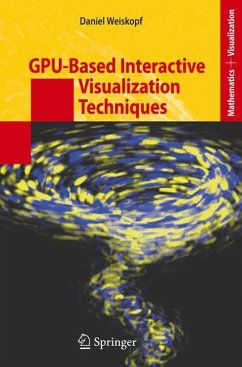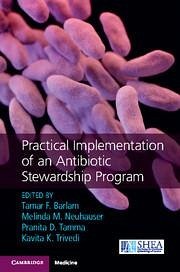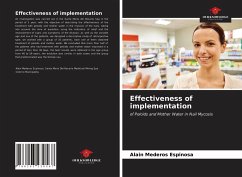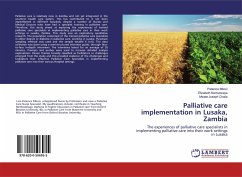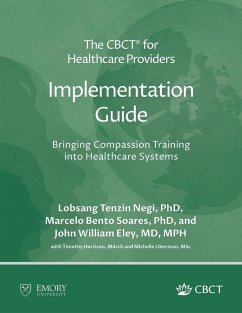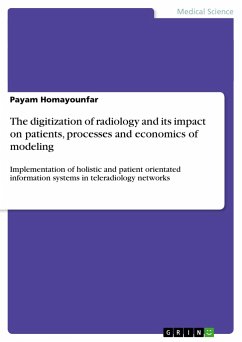
Implementation Science
Theory and Application
Herausgeber: Nilsen, Per
Versandkostenfrei!
Versandfertig in 1-2 Wochen
170,99 €
inkl. MwSt.

PAYBACK Punkte
85 °P sammeln!
This core textbook introduces the key concepts, theories, models and frameworks used in implementation science, and supports readers applying them in research projects.







